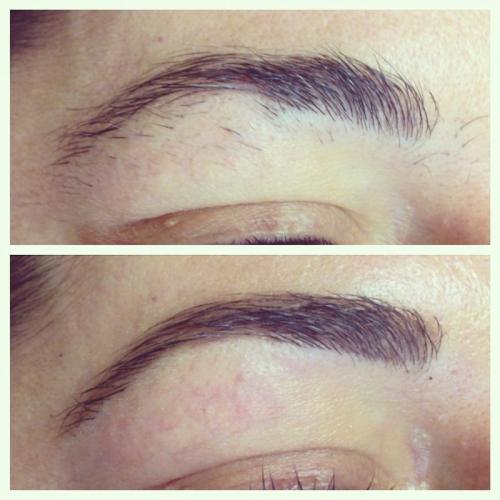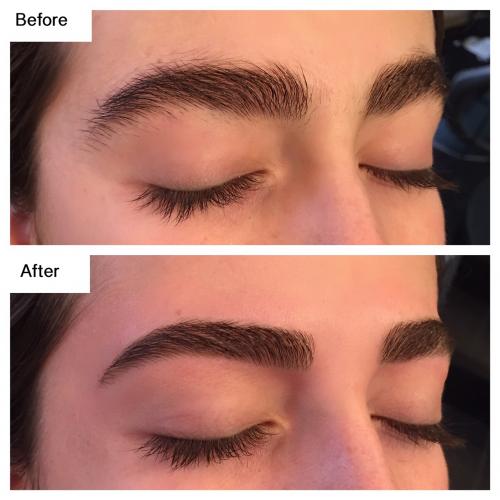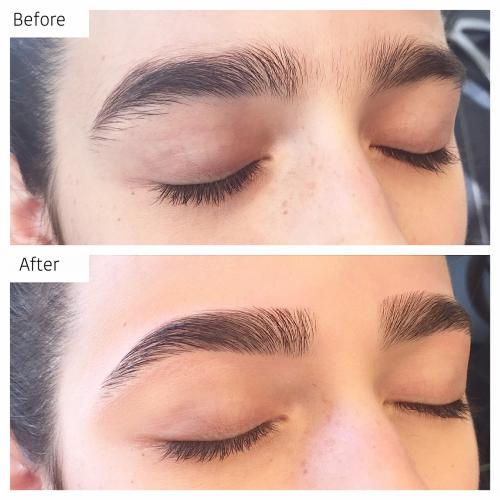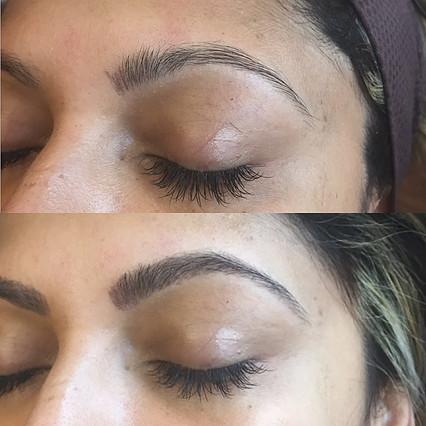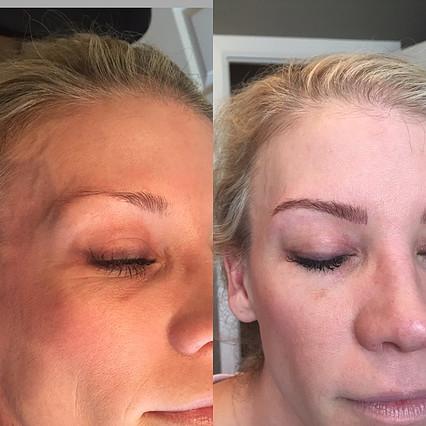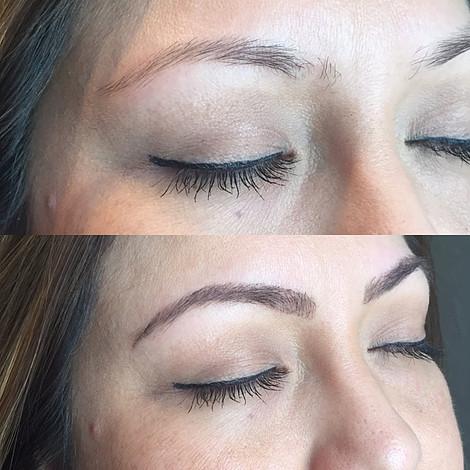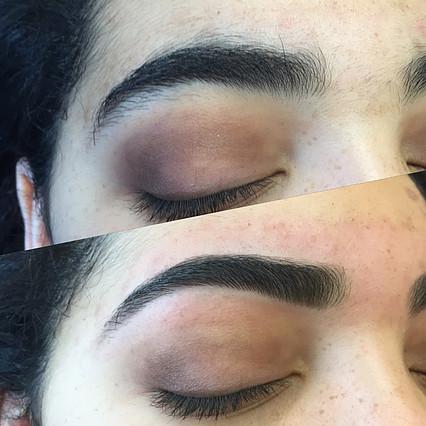To Buy Keflex Online Visit Our Pharmacy ↓

Understanding Keflex: the Basics You Should Know
Keflex, also known by its generic name cephalexin, is a cephalosporin antibiotic that plays a significant role in treating bacterial infections. Commonly prescribed for its effectiveness against various infections, Keflex specifically targets bacteria by interfering with their cell wall synthesis, leading to their death. Widely utilized due to its broad-spectrum capabilities, it’s often a go-to option when quick results are essential.
| Aspect | Details |
|---|---|
| Type | Cephalosporin Antibiotic |
| Function | Disrupts Bacterial Cell Wall |
Understanding its broader scope helps in appreciating why healthcare providers frequently opt for Keflex in managing skin infections.
How Keflex Works to Combat Skin Infections

Keflex, a widely-used cephalosporin antibiotic, targets bacteria responsible for skin infections effectively by interfering with their cell wall synthesis. This action ultimately leads to the weakening and rupturing of bacterial walls, which kills the bacteria. As bacteria require strong and intact cell walls for survival, Keflex exploits this vulnerability to halt their proliferation.
The journey of Keflex begins when it's absorbed through the gastrointestinal tract into the bloodstream, where it quickly disperses to the site of infection. Its chemical structure allows it to bind to penicillin-binding proteins in bacterial cell walls, a crucial step in disrupting the bacterial life cycle.
By attacking these proteins, Keflex renders the bacteria incapable of developing resistance rapidly, making it an efficient treatment option for various skin infections caused by susceptible strains.
Common Skin Conditions Treated with Keflex
When battling bacterial skin infections, many patients find relief with keflex. This antibiotic is commonly prescribed for conditions such as cellulitis, which manifests as a red, swollen patch of skin typically through a break in the skin. It’s also used for skin abscesses, where pus forms under the skin due to bacterial invasion. Additionally, keflex effectively treats impetigo, particularly prevalent in children, where red sores develop, often around the nose and mouth.
Healthcare providers choose keflex for these conditions due to its ability to interfere with bacterial cell wall synthesis, effectively halting bacterial growth and alleviating symptoms, thereby expediting recovery and improving patient outcomes.
Dosage Guidelines: Taking Keflex Safely and Effectively

When prescribed Keflex for a skin infection, understanding the dosage is vital for effective treatment. Typically, adults might be instructed to take 250 mg every six hours or 500 mg every 12 hours, depending on the severity of the infection. It’s crucial to follow the healthcare provider’s advice and complete the full course even if symptoms improve early. This ensures the infection is thoroughly treated and helps prevent antibiotic resistance.
Timing and adherence are key to maximizing Keflex’s effectiveness. Patients should take the medication at evenly spaced intervals to maintain a consistent level in the bloodstream. Pairing doses with meals may aid in minimizing stomach discomfort, a common side effect. A helpful tip is setting reminders, aligning doses with regular meals, which can assist in maintaining regularity and avoiding missed doses.
For pediatric patients, dosage is frequently calculated based on weight, highlighting the importance of precise administration. As with any antibiotic, completing the full prescribed course is essential to prevent recurrence and resistance. If a dose is missed, it should be taken as soon as possible unless it’s nearly time for the next dose, in which case, the missed dose can be skipped. Such diligence ensures that Keflex fulfills its role in eradicating infections effectively.
Potential Side Effects and Precautions with Keflex
While Keflex is a potent ally against skin infections, awareness of its potential side effects is crucial to ensure safe usage. Some individuals may experience mild reactions such as stomach upset, dizziness, or diarrhea. More severe side effects, though rare, include allergic reactions like rash, itching, or breathing difficulties.
| Common Side Effects | Rare but Serious Side Effects | |----------------------|-------------------------------| | Nausea | Rash | | Vomiting | Itching | | Diarrhea | Breathing difficulties |
Taking precautions, such as informing your healthcare provider about any allergies or medical history, can minimize risks. Always adhere to prescribed dosages and consult a professional if unusual symptoms arise.
Keflex Success Stories and Patient Experiences
Countless patients have shared their relief and gratitude after using Keflex for stubborn skin infections. Emily, a busy mom from Brooklyn, battled recurrent cellulitis for years, trying numerous over-the-counter creams and remedies without success. Her situation changed dramatically when her doctor prescribed Keflex. Within days, the redness and swelling subsided, allowing Emily to resume her hectic daily routine with confidence. Similarly, Jack, an athlete, faced regular bouts of folliculitis, which affected his performance and confidence. After starting a Keflex regimen, Jack experienced a significant decline in outbreaks, enabling him to focus more on his training.
These stories highlight the transformative impact Keflex can have, offering hope and healing to those dealing with persistent skin conditions. By effectively addressing bacterial root causes, this antibiotic has empowered many to live life without the constant worry of flare-ups.
Before & After
Testimonials
Read out what our customers say about our services.
Read Testimonials
Join Our VIP List
Great News!
Comming soon our new location in Fort Worth (Alliance area)
3529 Heritage Trace Parkway, Suite 163
Fort Worth, TX 76244
Sign up now to join our VIP list and receive coupons

